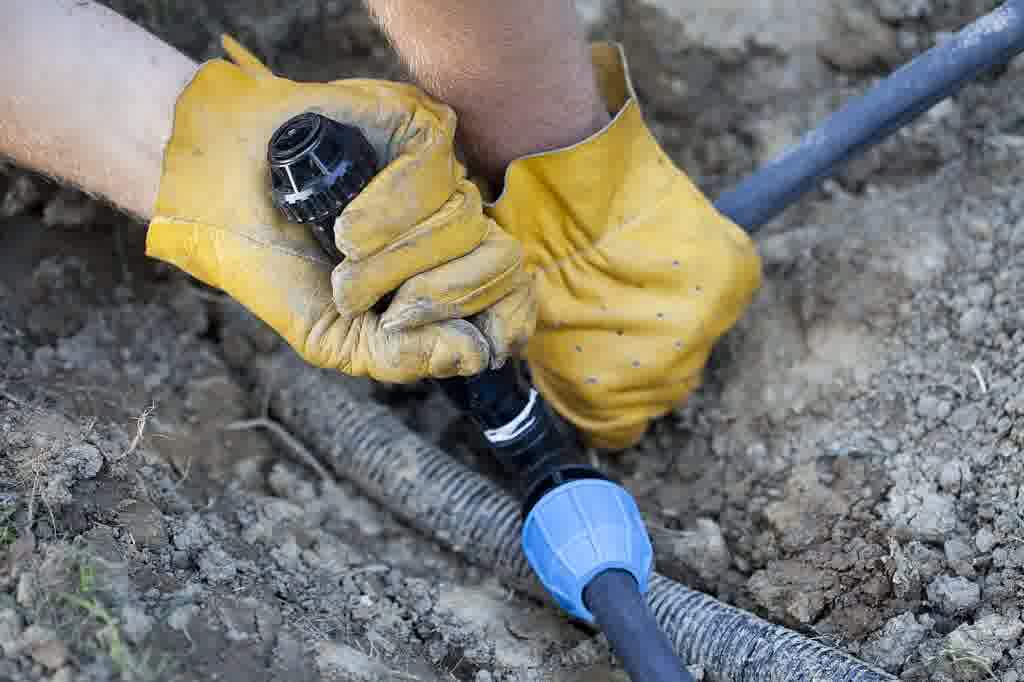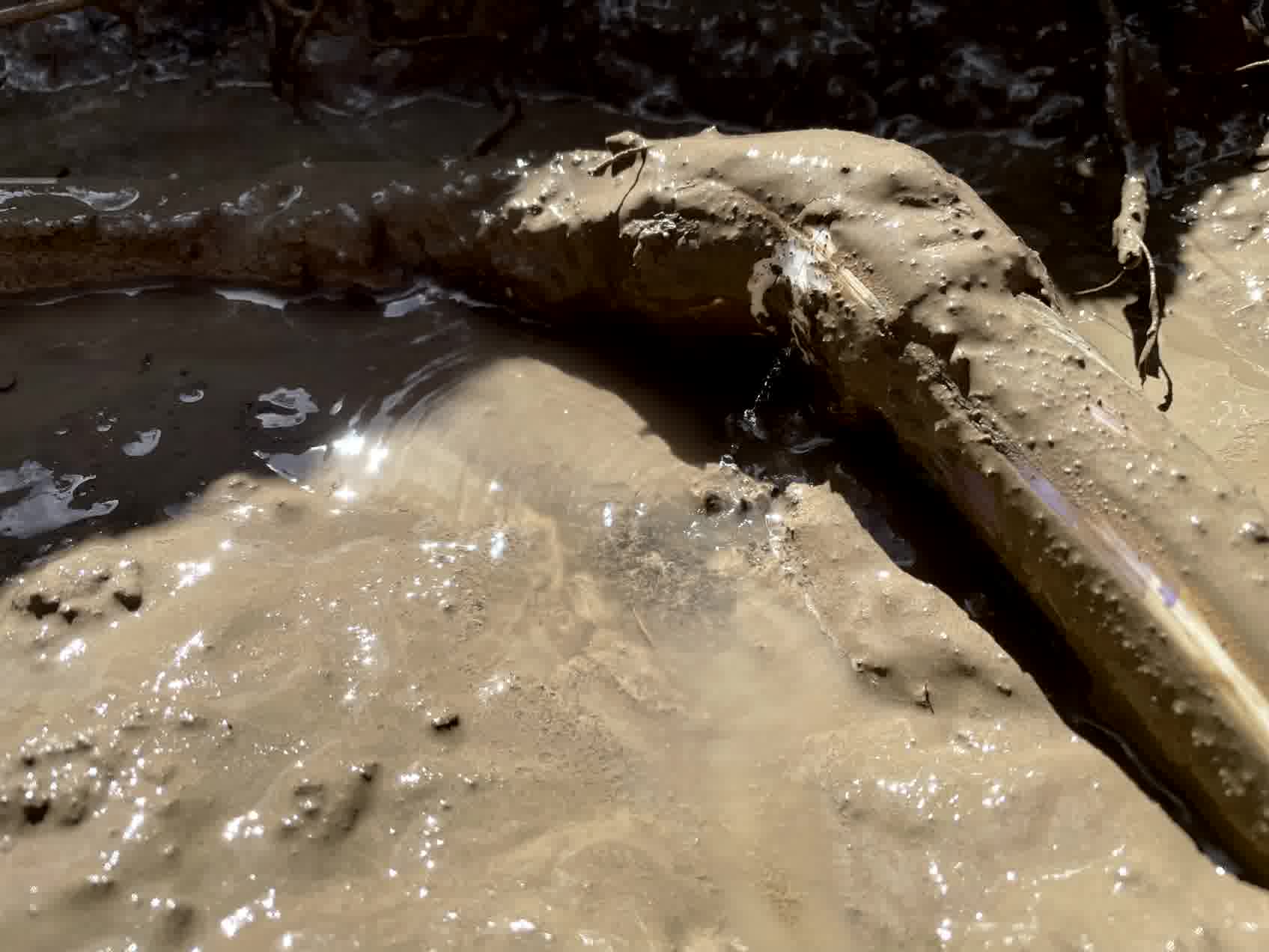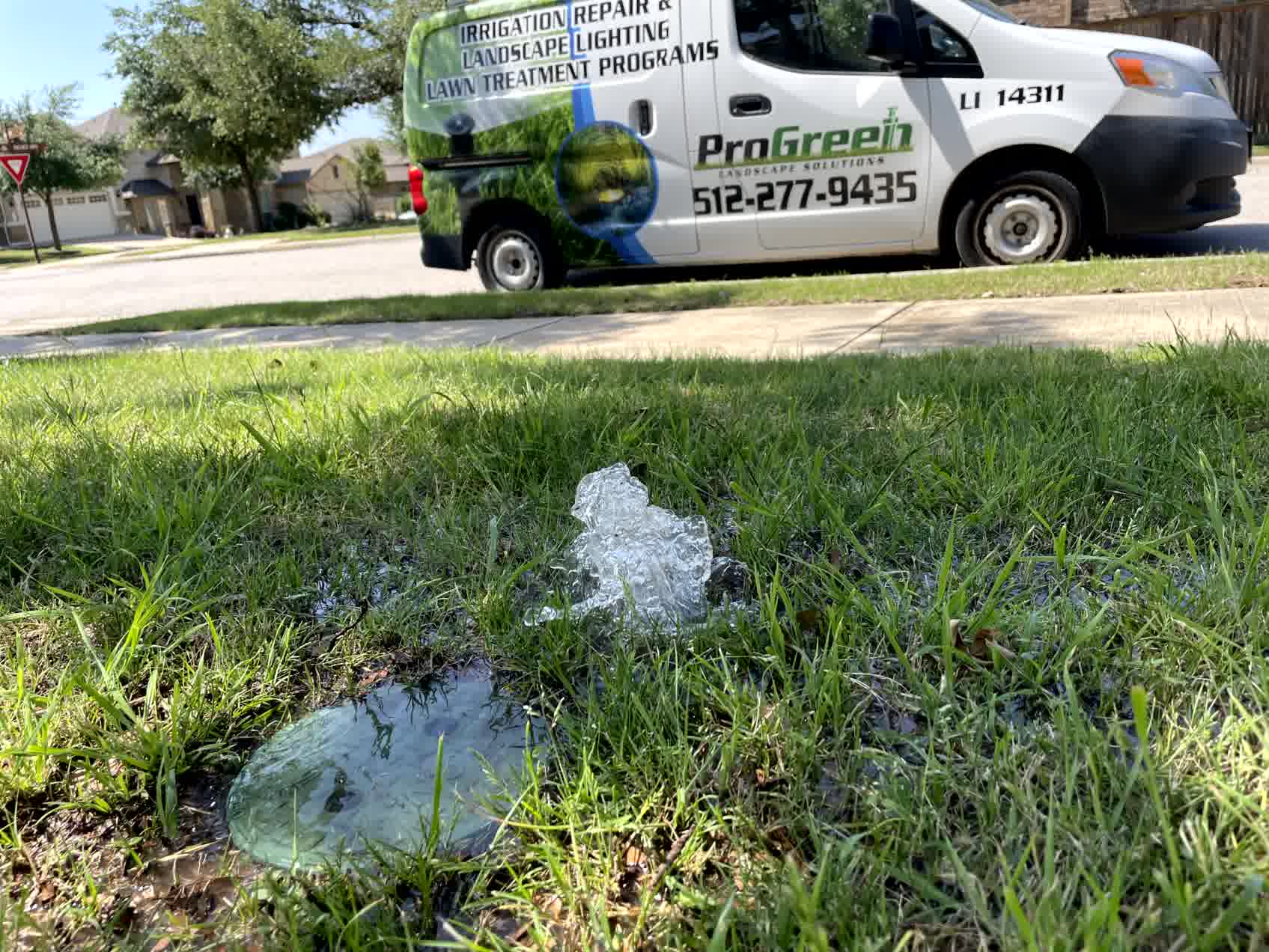Catch It Before It Costs You: Houston’s Guide to Finding Irrigation Leaks
Every homeowner wants a healthy, green lawn—but not at the expense of a skyrocketing water bill or hidden damage beneath the surface. Irrigation systems are designed to make watering efficient and automated, but when leaks go unnoticed, they can quietly drain your budget, waste thousands of gallons of water, and damage your landscape. Whether you live in Houston or any other warm-weather region, finding and fixing irrigation leaks before they become serious is one of the smartest things you can do for your home and your wallet.
The tricky part about irrigation leaks is that they often stay hidden. You won’t always see water spraying into the street or pooling in your yard. Some leaks slowly erode underground pipes, misfire sprinkler heads, or soak into the soil until it becomes a larger problem. That’s why regular inspections, both professional and DIY, are crucial. With a few simple steps, the right tools, and some awareness, homeowners can spot problems early and avoid expensive repairs or landscape replacement.
How to Detect Irrigation Leaks Early
Start with a Routine Visual Inspection
Before you dive into tools and tests, a simple walk around your property can reveal a lot. Run each irrigation zone manually and observe how the water is distributed. Look for weak spray patterns, bubbling water near sprinkler heads, or areas where the lawn is overly saturated. Sometimes, a sprinkler head that looks like it’s working is actually leaking at its base or has a cracked housing. If you notice unusual patches of green or soggy areas when the rest of the lawn is dry, that’s often an early sign that water is leaking underground or accumulating due to poor drainage.
Monitor Your Water Usage
Another way to detect a hidden irrigation leak is by paying close attention to your water bill. If you see a steady increase in usage during watering season, but your habits haven’t changed, there may be a leak lurking somewhere in the system. Many smart home water meters now offer real-time tracking and alerts, helping homeowners pinpoint usage spikes as they happen. If you don’t have one, even your monthly utility statement can offer clues that something isn’t quite right. An unexplained jump in gallons used should always be a red flag.

Common Signs of Irrigation System Leaks
Watch for Soggy Spots and Lawn Damage
One of the most obvious indicators of a leak is excessive moisture in areas that should be dry. Walk your lawn regularly and check for muddy areas, squishy turf, or standing water after irrigation cycles. These symptoms are especially concerning if you’re running your system at night and the water hasn’t had time to pool from a recent rain. Left unaddressed, these soggy zones can kill your grass, attract insects, and lead to mold growth or root rot in flower beds and shrubs. The longer the water sits, the more expensive the damage becomes.
Check for Sudden Drops in Water Pressure
If a sprinkler head suddenly sprays with less force, doesn’t pop up all the way, or sprays water in a distorted pattern, it may be a sign that the line connected to it has a leak. Low water pressure in just one zone usually points to a localized issue like a cracked pipe or disconnected fitting. When pressure drops across your entire system, it may indicate a more serious problem in the main supply line or backflow prevention assembly. Always compare zones to each other when diagnosing these types of issues.

Tools and Techniques for DIY Irrigation Leak Detection
Use Soil Probes and Moisture Meters
Homeowners don’t need to guess what’s happening underground. Soil probes and moisture meters are affordable and effective tools that can be used to detect unusually wet areas where water may be leaking from buried pipes. Insert the probe or sensor into areas where you suspect excessive moisture, then compare it to zones with no irrigation activity. If the probe shows significantly higher saturation in an unused area, chances are you’re dealing with an underground leak.
Try the Dye Test Method
In some cases, water may be leaking from valve boxes, emitters, or hard-to-see locations. A simple dye test using food coloring or specialized irrigation dye tablets can help track where water is seeping. Drop the dye into the suspected area or irrigation component, then watch to see where the colored water travels. This method is particularly useful for drip irrigation systems, where leaks are often small but consistent over time. It helps pinpoint slow leaks without disturbing the soil or removing system components.

Conclusion
Irrigation systems are a critical part of maintaining a beautiful and healthy yard, especially in climates where rainfall isn’t always reliable. But when leaks go unnoticed, they can lead to wasted water, dead landscaping, and unexpected repair bills. That’s why homeowners everywhere—not just in Houston—should make it a habit to check their systems regularly, especially as temperatures rise and usage increases. With routine visual checks, simple monitoring, and a few DIY tools, it’s possible to catch problems early and make small fixes before they become costly.
By staying proactive with irrigation maintenance, you not only save money but also do your part to conserve water—a resource that’s becoming more precious with each passing season. So take a few minutes each month to inspect your yard, test your system, and stay ahead of leaks. Because when it comes to irrigation, catching it early truly does save you later. Don’t wait until your lawn is flooded. Get in touch with us right now to learn more about our irrigation leak detection services as well as our Irrigation, Sprinkler Repair & Irrigation System Repair services.

"*" indicates required fields

